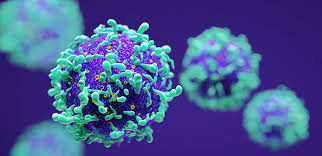Scientists have identified a plant hormone, beta-cyclocitral, that makes tomato and rice plant roots grow faster and branch more. The hormone could help farmers enhance crop plant growth.

A molecule sold as a food additive has an underground role, too: helping roots grow faster.
When added to soil, the molecule, called beta-cyclocitral, speeds root growth in rice and tomato plants, scientists report May 8, 2019, in the journal Proceedings of the National Academy of Sciences. It also makes rice plants resistant to salty soil, which usually turns plants sickly and stunted. The molecule, a hormone found naturally in plants, could be a useful tool for farmers seeking healthier and more drought-resistant crops.
For centuries, plants have been bred for vigorous foliage and other easily visible traits. Because roots are hidden underground, “they’ve been largely ignored,” says developmental biologist Philip Benfey, a Howard Hughes Medical Institute investigator at Duke University.
And yet, roots make up half the plant, points out coauthor Jazz Dickinson, also at Duke. She and Benfey wanted to find plant hormones that affected root development. Their previous research had hinted that some molecule chemically related to carotenoids – the pigments that give carrots their vibrant orange hue – might be important. But the researchers weren’t sure exactly which one, Dickinson says.
Many of these carotenoid relatives have been repurposed and are available commercially as food additives or dietary supplements. Dickinson rounded up about 20 and tested their effects on a common lab plant, Arabidopsis. She added each compound to the clear agar gel in which the plants were growing – a setup that let her easily see the roots – and monitored what happened over 10 days.
“Beta-cyclocitral stood out,” she says. It made the roots grow faster and also branch out more. And it had the same effect in rice and tomato plants, follow-up tests showed.
In rice plants, the team noticed an even more striking effect: the plants could also withstand salty soil. Irrigation of farm fields can make soil saltier, especially near the top. The team mimicked those conditions in the lab, and then watched how rice plants grew. “Untreated rice plants were very unhappy with that level of salt,” Benfey says. But with beta-cyclocitral added, the plants didn’t seem perturbed.
It’s possible that the compound helped the roots push down through the salty topsoil to reach the deeper, less-salty soil more quickly, Dickinson proposes.
The researchers hope that beta-cyclocitral will be useful agriculturally, either added to soil or sprayed onto crops. And since the molecule worked in both rice and tomatoes – two very different plants – it may boost root growth in crops more broadly.
[Originally posted by HHMI, May 9, 2019]

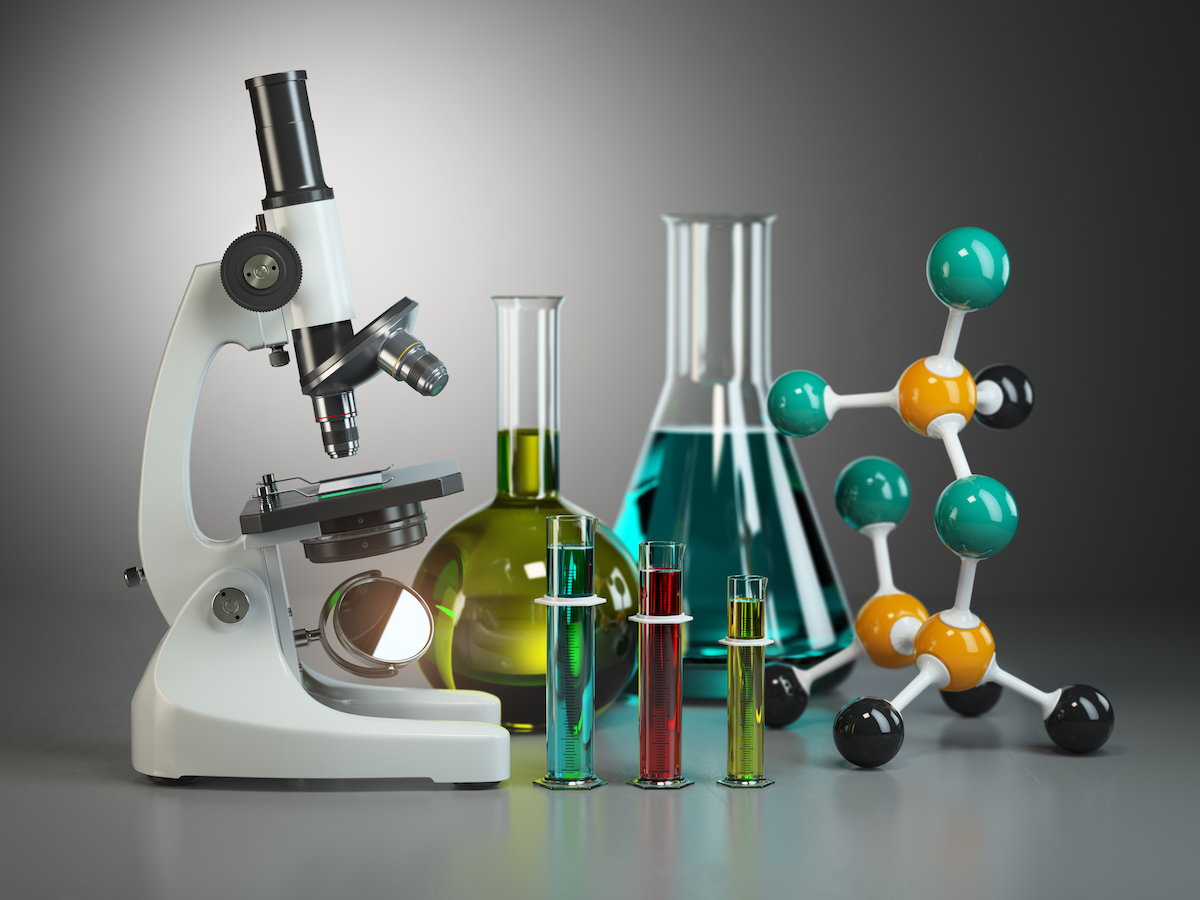

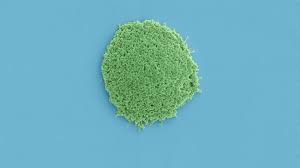







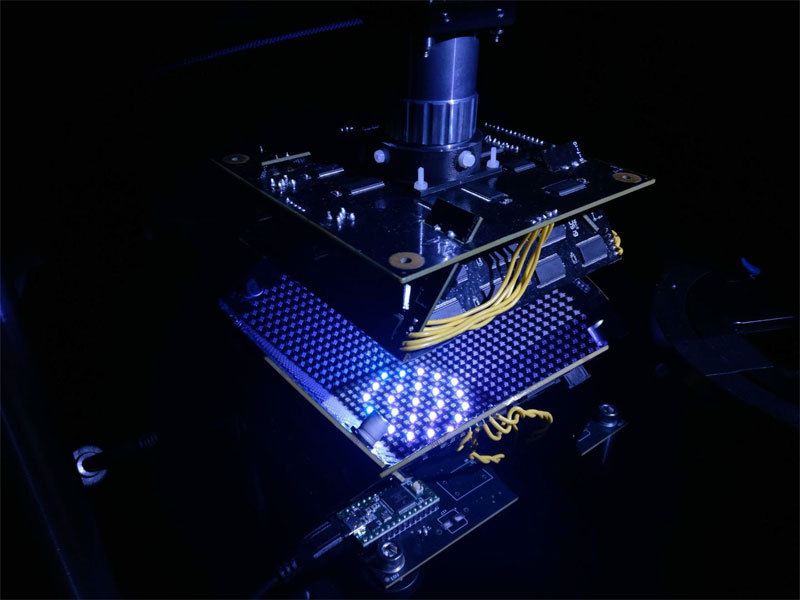




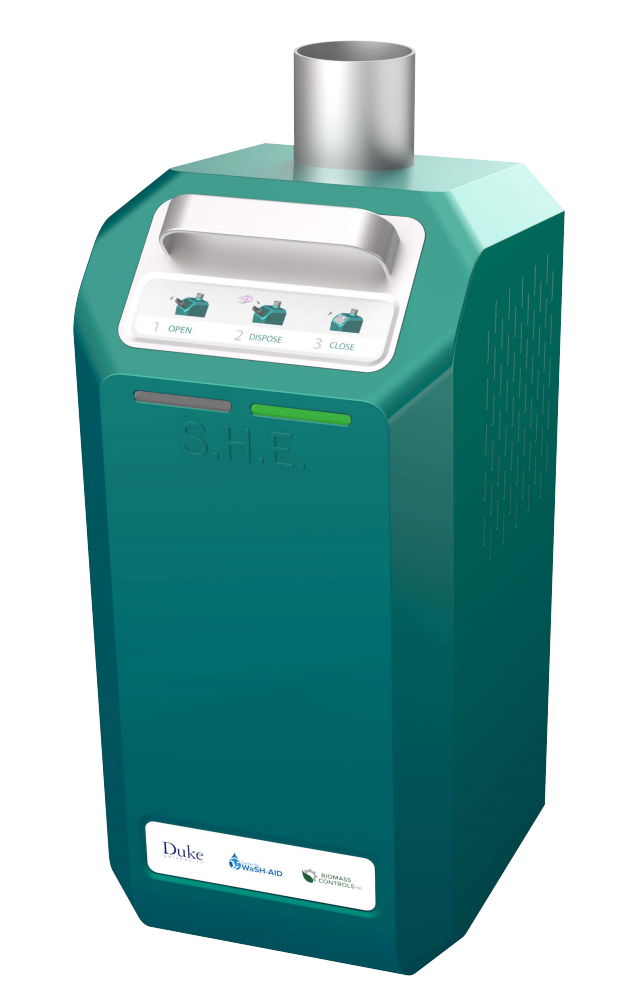

 Dr. Ngaboyamahina is the Founder and Managing Director of Simbuka. He’s also a Research Scientist at the
Dr. Ngaboyamahina is the Founder and Managing Director of Simbuka. He’s also a Research Scientist at the 